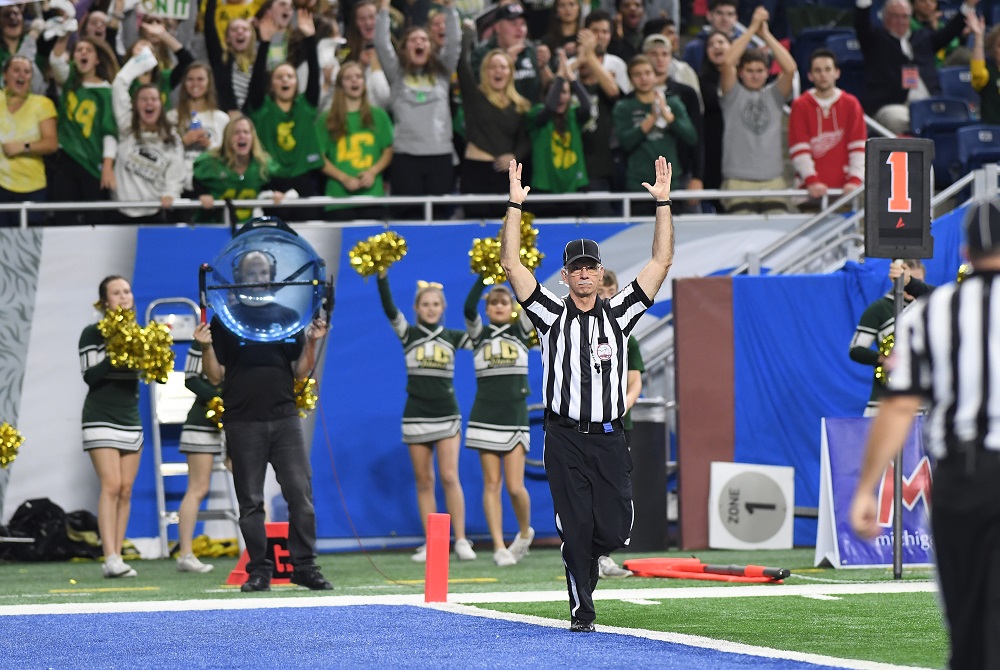
Beyond Fairness
April 11, 2017
One of the lessons I learned decades ago when I was employed at the National Federation of State High School Associations (NFHS) is that sometimes the playing rules are not fair.
The NFHS is the publisher of playing rules for most high school sports, and its rule books govern competition for most of the contests for most of the high schools in the U.S.
But the NFHS doesn’t publish the most fair rules. On purpose.
The rules for the high school level attempt to do much more than promote competitive equity, or a balance between offense and defense; they also attempt – without compromising participant health and safety – to simplify the administration of the game.
Unlike Major League Baseball, where umpires officiate full-time, and professional basketball, football and ice hockey where they officiate nearly full-time, the officials at the high school level are part-timers. They have other jobs. This is their avocation, not their vocation.
So the NFHS develops and publishes rules that minimize exceptions to the rules. In football, for example, there are fewer variables for determining the spot where penalties are enforced.
At the high school level, the rule makers intend that the rules be – for players, coaches and officials alike – quicker to learn, simpler to remember, and easier to apply during the heat of contests.

Be the Referee: Receiver Carried Out of End Zone
By
Sam Davis
MHSAA Director of Officials
November 4, 2021
Be The Referee is a series of short messages designed to help educate people on the rules of different sports, to help them better understand the art of officiating, and to recruit officials.
Below is this week's segment – Receiver Carried Out of End Zone - Listen
A football play for you to rule on today. The quarterback throws a pass to an eligible receiver in the end zone. The receiver jumps and makes the catch, but before he lands, a defensive player wraps him up and carries him out to the 2-yard line, where the receiver finally touches the ground.
What’s the call? Is the ball spotted at the 2-yard line where the receiver finally made contact with the ground? Or is it a touchdown?
Send out the extra-point team because it’s a touchdown. The receiver’s forward momentum was stopped in the end zone, while he had possession of the ball … which is considered a touchdown catch. He does not have to get a foot or any other body part down in the end zone for it to count.
Previous editions
Oct. 28: Volleyball Back-Row Block – Listen
Oct. 21: Soccer Disallowed Goal – Listen
Sept 30: Field Goal Falls Short – Listen
Sept. 23: Volleyball Obstruction – Listen
Sept. 16: Catch or No Catch – Listen
Sept. 9: Intentional Grounding – Listen
Sept. 2: Pass Interference – Listen
Aug. 26: Protocols and Mechanics – Listen

